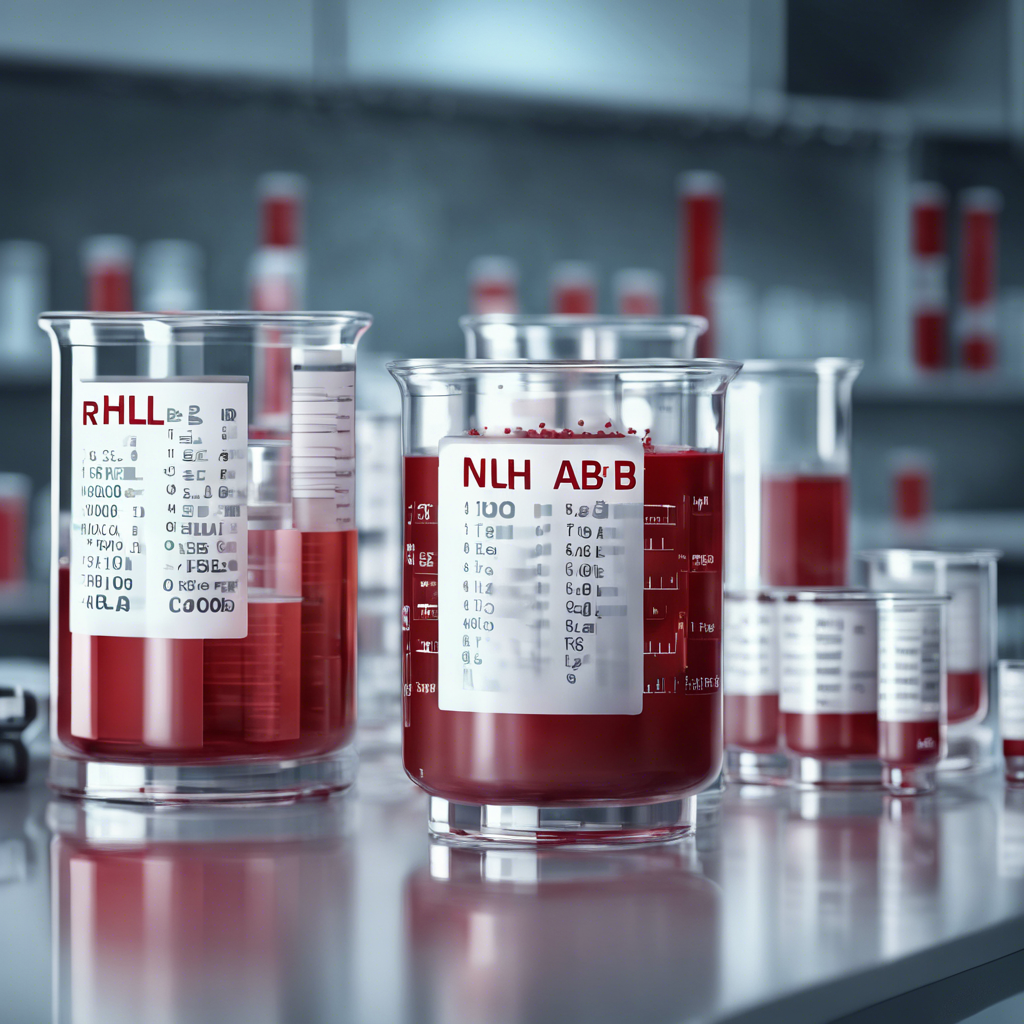What is the rarest blood type?
Blood Types: The Rarest of Them All
Blood types have always been a topic of interest for scientists and medical professionals. With various types of blood existing, it’s natural to wonder which one is the rarest. The answer lies in the unique combination of antigens that make up each blood type.
Understanding Blood Types
There are four main blood types – A, B, AB, and O – which are determined by the presence or absence of antigens A and B on red blood cells. Additionally, the Rh factor also plays a crucial role in determining the blood type. The Rh factor is either positive (Rh+) or negative (Rh-), leading to a total of eight different blood types.
The Eight Blood Types
- A+
- A-
- B+
- B-
- AB+
- AB-
- O+
- O-
The Rarest Blood Type
According to the American Red Cross, the rarest blood type is Rh-null, also known as the “golden blood.” However, this is not a specific blood type but rather a condition where an individual lacks all antigens on their red blood cells. As a result, their blood type is compatible with anyone.
If we don’t consider Rh-null, then the rarest blood type would be AB-negative, found in less than 1% of the global population. This blood type is particularly valuable in medical emergencies due to its universal compatibility.
Other Rare Blood Types
- B-negative: Found in approximately 1.5% of the global population.
- A-negative: Found in about 6.3% of the global population.
- AB-positive: Found in about 3.4% of the global population.
Conclusion
While the concept of rare blood types may seem intriguing, it’s essential to remember that every individual’s blood type plays a vital role in medical emergencies. Donating blood, regardless of the type, is crucial to saving lives and meeting the demands of healthcare systems worldwide.














Post Comment